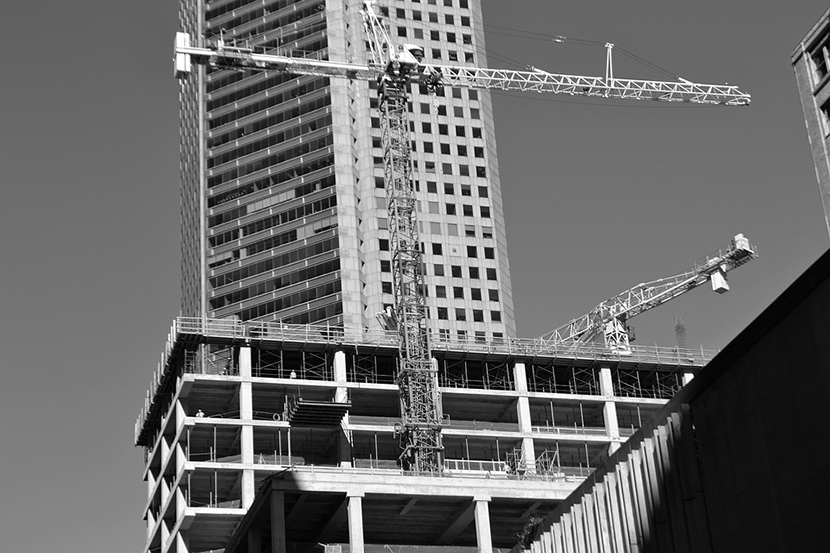
Higher Liquidity Levels Improve Commercial Real Estate Lending Momentum

CBRE, Dallas, said higher levels of liquidity, tighter credit spreads and a modest loosening of underwriting standards contributed to a “sharp improvement” in commercial real estate lending momentum in late 2020.
The CBRE Lending Momentum Index tracks the pace of commercial loan closings in the U.S. It reached a value of 221 in December, up by 38.2 percent from September. But the index remained down 16 percent from December 2019.

“Capital markets helped bolster commercial mortgage lending at year-end as equity prices rose and corporate loan spreads tightened,” said CBRE Global President of Debt & Structured Finance for Capital Markets Brian Stoffers, CMB. “With lending markets anticipating the effects of additional government economic stimulus on growth and inflation, the fourth quarter saw increased participation by alternative lenders and life companies compared with the third.”
But Stoffers, who is past Chairman of the Mortgage Bankers Association, noted certain deals remained “challenging” to underwrite, especially for retail, hotel and transitional assets.
CBRE’s quarterly lender survey indicated the composition of the non-government agency commercial real estate lending market in late 2020 resembled the more balanced conditions that existed pre-pandemic. “There was strong participation from alternative lenders for bridge loans and life companies for stabilized low-leverage loans in Q4 2020,” the report said. “The government agencies also had stellar production, which provided high levels of liquidity to the multifamily market.”
Alternative lenders, including debt funds, finance companies and mortgage real estate investment trusts, captured the highest share of non-agency loan closing volume at 36 percent. Alternative lenders were the leading source of bridge loans to the multifamily, retail and office sectors, CBRE said.
After a weak spring, life company lending gathered momentum in late 2020, the report said. Life company market share increased to nearly 30 percent in the fourth quarter, reflecting improved market participation and lenders’ need to deploy mortgage investment allocations by year-end.
Regional banks played an important role in commercial mortgage markets at year-end, accounting for nearly one-quarter of all originations, down only slightly from year-earlier levels. “In addition to permanent loans, banks provided construction financing, primarily for multifamily and industrial projects,” CBRE said.
Commercial mortgage-backed securities lenders captured just over 10 percent of originations in the quarter. Industrywide CMBS issuance equaled $16.5 billion in Q4, bringing the full-year total to just under $60 billion. Total CMBS issuance was down nearly 40 percent compared to 2019, largely due to the COVID-related disruption of capital markets in the spring. As capital availability improved in late 2020, lenders granted generally higher loan proceeds and underwriting standards were slightly less restrictive, CBRE reported. Average loan-to-value ratios increased for permanent commercial and multifamily loans after reaching lows in the third quarter not seen since the Global Financial Crisis.
